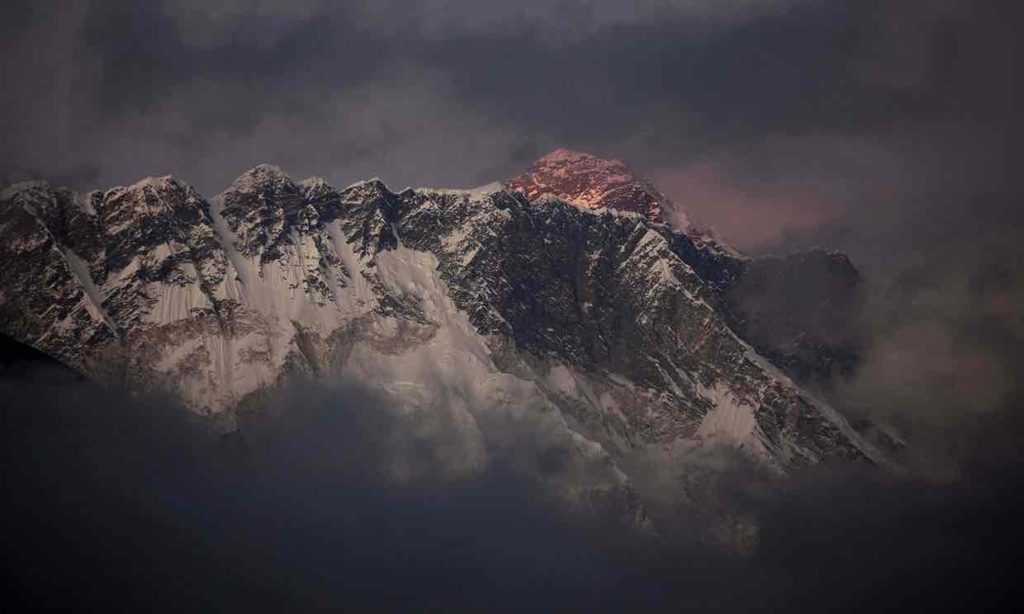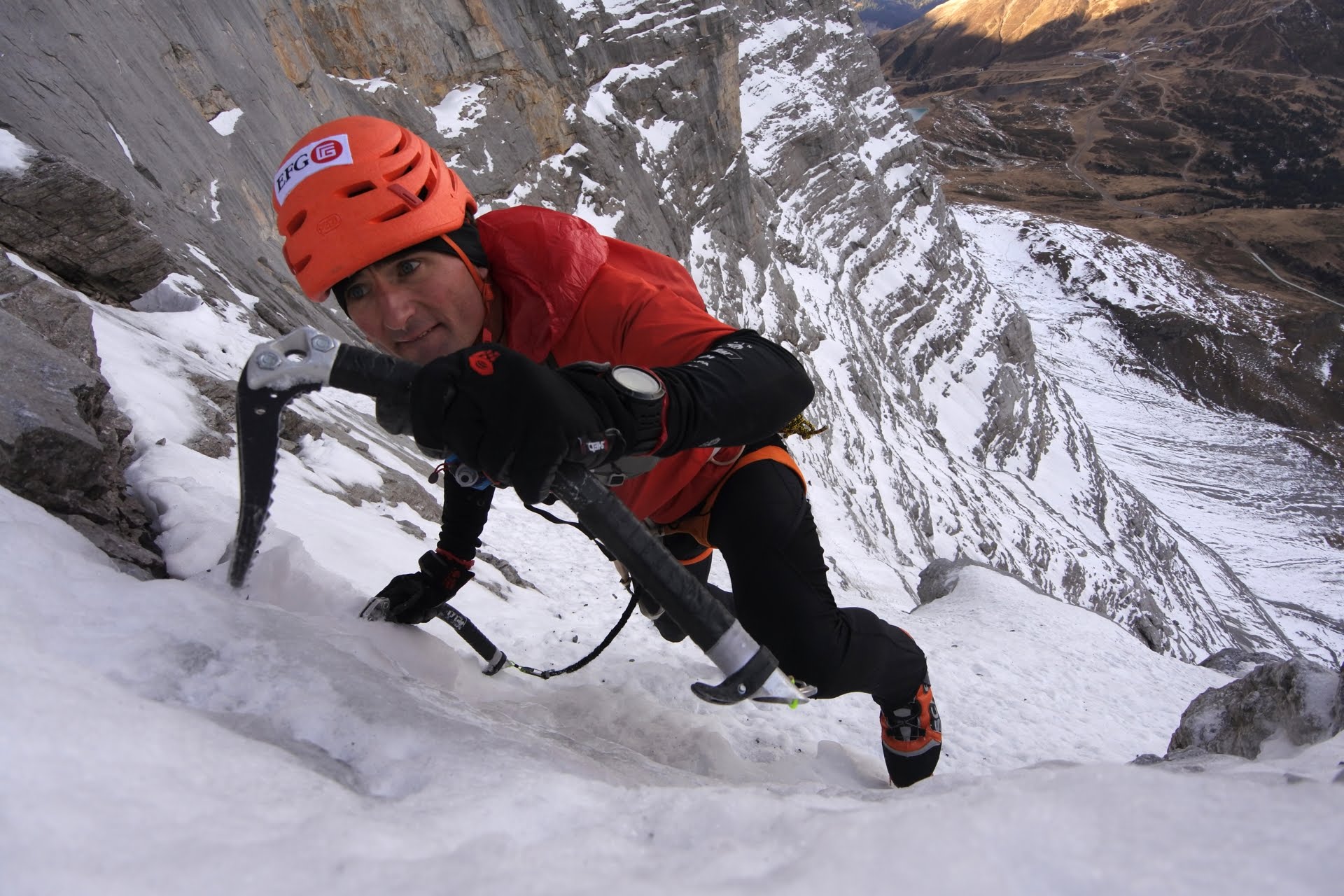World-renowned mountaineer Ueli Steck, known for his rapid ascents of the Alps which earned him the nickname the “Swiss Machine”, fell 1,00o meters off a ridge to his death over the weekend while preparing to climb Mount Everest in Nepal.
The 40-year old Swiss climber died on Sunday after falling off Mount Nuptse, a smaller peak in the area, according to the company that organized the expedition. His body was recovered at the foot of the mountain and was airlifted to a hospital in Kathmandu.
An official with the local Nepalese Department of tourism confirmed to a reporter that Ueli Steck died while climbing the smaller peak. “He skidded off about 1,000 metres from camp… Other climbers ascending Everest saw him and asked for his rescue,” said Dinesh Bhattarai,
It is believed he was alone after his climbing partner Tenji Sherpa sustained a severe frostbite and had been recovering at a lower camp.
“He had an accident on the Nuptse wall and died. It seems he slipped,” Ang Tsering Sherpa, head of the Nepal Mountaineering Association, told news agency AFP.

Ueli Steck’s body was recovered at the foot of Mount Nuptse and was airlifted to a hospital in Kathmandu. Credit:EPA
Steck was acclimatizing ahead of a bid through the less-climbed West Ridge route and near Mount Lhotse, a route which has been the cause of many deaths than successful ascents. He was doing the climb without the use of supplemental oxygen.
In statement, his family said the circumstances surrounding his death were still unclear and requested for privacy.
“The family is infinitely sad and asks that the media refrain from speculating about his death out of respect and consideration for Ueli,” it said in a statement on Steck’s website.
“As soon as reliable information becomes available, the media will be informed.”
Tributes from the mountaineering community started pouring after news of his death became known.
Steck is the first person to die in the spring mountaineering season in Nepal that begins in March and ends in May. The small window of the climbing season brings hundreds of climbers flocking to this area to attempt to climb one peak or the other.
Ueli Steck was best known for his speed-climbing and mountaineering routes ad setting speed records. He had won several records including setting a record for ascending the north face of the Eiger, a classic mountaineering peak in the Bernese Alps that he climbed in two hours and 47 minutes without using a rope.
In 2013 he achieved the first solo climb of Mount Annapurna, the world’s 10th highest peak, via its steep Southface wall. For that, he received the Piolet d’Or, mountaineering’s top accolade.

Ueli Steck fell from the small team, Mount Nuptse (Front) preparing to ascent Mount Everest (behind). Credit: Kevin Frayer/AP
In 2015, Steck climbed all 82 peaks in the Alps higher than 4,000 metres, traveling between mountains by foot, bike, and paraglider only. He completed the feat in 62 days, helping cement his reputation as the “Swiss Machine
He suffered a setback during his last trip to Everest, in 2013, when he and two other Western climbers traded blows with a group of furious Nepali guides over a climbing dispute. The brawl shocked the mountaineering community, causing a rift between Western climbers and the often-lowly paid Nepali guides.
On his return this year, he aimed to perform a quick climb of Everest and Lhotse, including an overnight stop at more than 8,000 metres, an altitude known as the “death zone” because the human body’s performance is reduced to 20 percent of its normal rate.
Steck once said he considered himself an outsider on the mountaineering scene because athletic achievement was more important to him than adventure.
In a recent post on his website, he reflected on the transience of success in mountaineering and the inevitable decline that comes with age. “A record is broken again and again, and the world keeps on turning,” he wrote. “You are getting older and there comes a time when you have to adjust your projects to your age.”
Speaking to the Swiss daily Tages-Anzeiger last month about his expedition, he said: “When I’m on Everest I can stop at any point. The risk is therefore quite small. For me it’s primarily a physical project. Either I get through, or I don’t have the strength for the whole traversal.”
Asked about how he measured success, Steck told the paper: “Of course I want to climb Everest and Lhotse. But that’s a very high goal. Failure for me would be to die and not come home.”
Copyright © 2017 Manyika Review. All Rights Reserved.

















